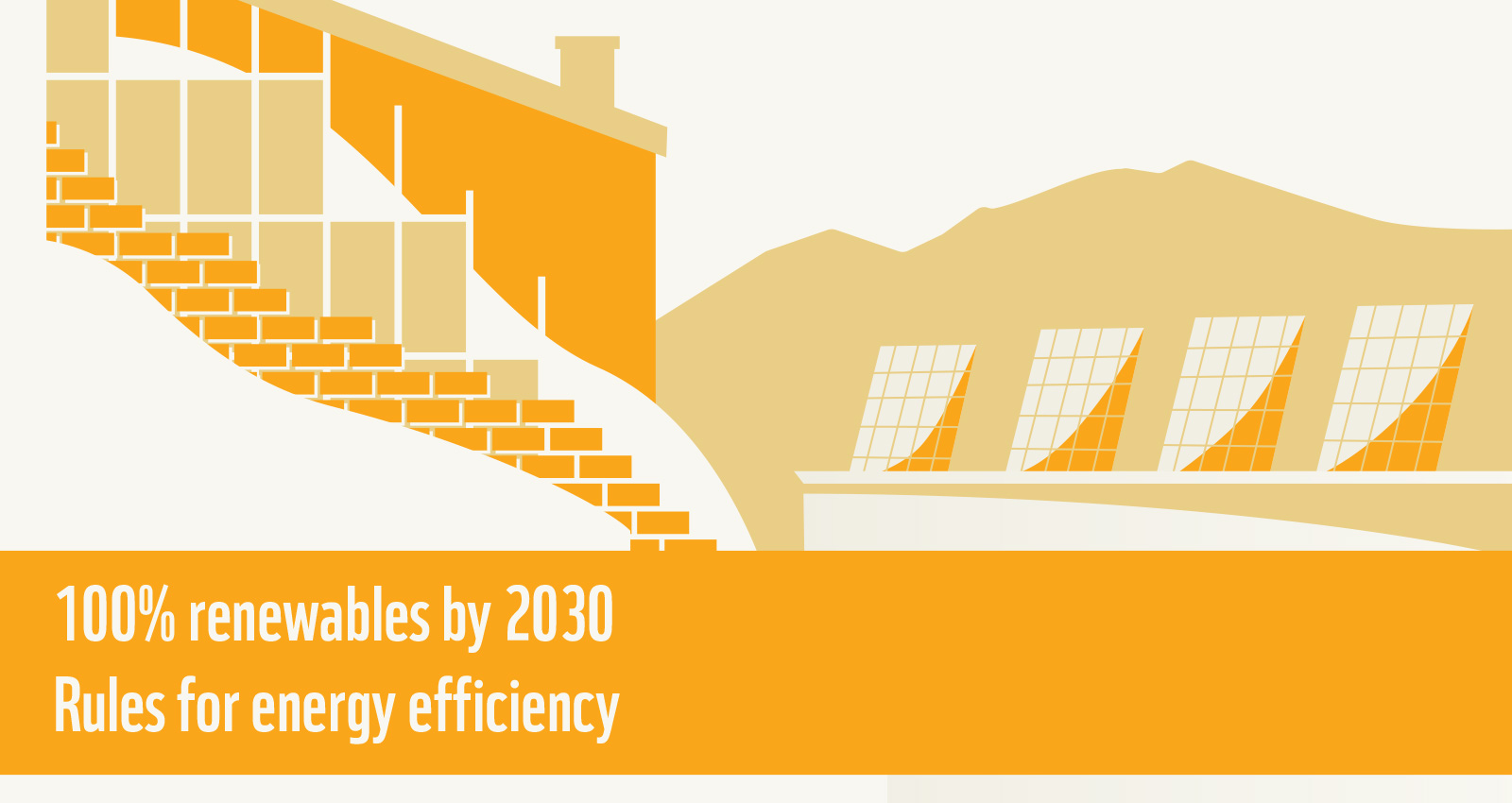The WWF is run at a local level by the following offices...
- WWF Global
- Adria
- Argentina
- Armenia
- AsiaPacific
- Australia
- Austria
- Azerbaijan
- Belgium
- Bhutan
- Bolivia
- Borneo
- Brazil
- Bulgaria
- Cambodia
- Cameroon
- Canada
- Caucasus
- Central African Republic
- Central America
- Chile
- China
- Colombia
- Croatia
- Democratic Republic of the Congo
- Denmark
- Ecuador
- European Policy Office
- Finland
BOULDER

Multi-dimensional sustainability commitment
Boulder has a multi-dimensional sustainability profile that spans all the major issues in sustainable city development: planning, building, water, waste, climate.
When a city commits to 100% renewable energy within 15 years (not to mention 80% reductions in carbon emissions by 2050), as Boulder did this year, you know that you are dealing with nothing less than a pioneer in sustainable city development. Boulder has already been using renewable energy for municipal facilities since 1985, including combined-heat-and-power (CHP, or district heating), hydroelectric power, and various forms of solar power. In addition to these technical means, Boulder is actively exploring taking back control over its domestic energy generation and distribution from the local energy company, in order to control and accelerate its own pathway to 100% renewables by 2030.
Additional measures include rooftop generation, more wind energy, residential and utility-scale battery usage (to store energy and smooth consumption peaks), the total phase out of fossil fuels for electricity generation, and upgraded energy efficiency regulations for both rental housing (about half of all housing in Boulder) and commercial/industrial buildings.
The most innovative under the city’s local-control energy production model is a shift away from energy production entirely – towards provision of energy-related services. After all, people don’t want and can’t use kiloWatt-hours, but that’s what they have to buy – and that’s what the energy company, to be profitable, has to sell more of! Instead, why not sell the energy services that people really want – including heating, lighting, cooling, power – and charge according to the effectiveness, and cost-effectiveness of that? Boulder has this vision, which puts it at the forefront of city thinking and planning on energy management: beyond clean technology and even efficiency and demand management, into a more sophisticated concept of what energy is being produced for.

Comprehensive transport solutions
Back in 1989, the first Transportation Master Plan (TMP) was created – this was updated in 2014 to include the latest sustainability thinking, and it comes as close to an ideal sustainable transport vision as a car-intensive, pre-existing city is likely to get. The TMP has five focus areas – of which three, beyond regional travel options and better funding – are highly advanced in sustainability thinking: complete streets, transport demand management (TDM), and environmental performance.
‘Complete streets’ describes the Boulder commitment to design and develop roadways for all potential users, not just cars. This means highly advanced cycleways, and a vision to enable 75% of all journeys to be non-car because on such streets, they will be easy, convenient and safe. TDM implies the managed reduction of total journey volumes, as well as the management of the so-called modal split among varying types of travel, so that total demand is both managed and well distributed across available capacity. And environmental sustainability in the transport sector for Boulder means controlling greenhouse gas emissions from transport, and overall integration with the planning to increase access, reduce the need for travel, and enable more use of public transport options.
One of the specific goals in the TMP update is the reduction in the use of single occupancy vehicles to 20% of all trips for locals, and 60% of work trips for non-residents, by 2035. Progress is impressive: single occupancy trips have declined 12% in the last couple of years alone. Another is the transfer of public vehicles from fossil fuels to electric vehicles in the coming years, and the mandatory inclusion of EV charging-points in new-build houses.
If there is any doubt about where the energy and vision comes from in Boulder, unlike in Shenzhen where the initiative is top-down (from the national level down to the citizen) in Boulder it is citizen-upwards all the way. For example, while in 2006 a tax was introduced that penalised the use of fossil-based electricity, in 2012, 82% of voters chose to continue to impose this tax on themselves and each other, given all the good the funds accrued were doing to reduce carbon emissions. Possibly the most objective definition of citizen participation and commitment is an overwhelming vote to tax oneself for the collective good!

© City of Boulder
Want to know more about Urban solutions?
Contact Barbara Evaeus
Global Communications Manager,
WWF One Planet City Challenge
+46 70 393 9030
barbara.evaeus@wwf.se
Text by: John Manoochehri
Last edited: 2017-03-15


